7-O-MethylhorminoneCAS# 122482-10-4 |
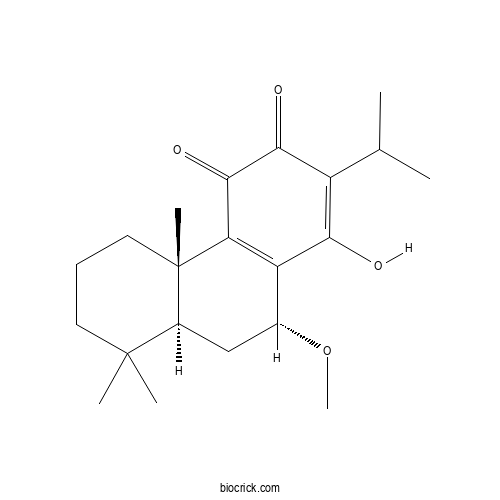
Quality Control & MSDS
3D structure
Package In Stock
Number of papers citing our products
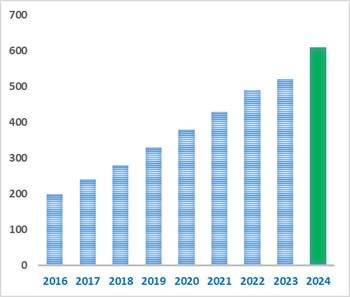
| Cas No. | 122482-10-4 | SDF | Download SDF |
| PubChem ID | 183563 | Appearance | Powder |
| Formula | C21H30O4 | M.Wt | 346.5 |
| Type of Compound | Diterpenoids | Storage | Desiccate at -20°C |
| Solubility | Soluble in Chloroform,Dichloromethane,Ethyl Acetate,DMSO,Acetone,etc. | ||
| Chemical Name | (4bS,8aS,10R)-1-hydroxy-10-methoxy-4b,8,8-trimethyl-2-propan-2-yl-5,6,7,8a,9,10-hexahydrophenanthrene-3,4-dione | ||
| SMILES | CC(C)C1=C(C2=C(C(=O)C1=O)C3(CCCC(C3CC2OC)(C)C)C)O | ||
| Standard InChIKey | QFXRJZKUFMPVPZ-BHVCSQLQSA-N | ||
| Standard InChI | InChI=1S/C21H30O4/c1-11(2)14-17(22)15-12(25-6)10-13-20(3,4)8-7-9-21(13,5)16(15)19(24)18(14)23/h11-13,22H,7-10H2,1-6H3/t12-,13+,21+/m1/s1 | ||
| General tips | For obtaining a higher solubility , please warm the tube at 37 ℃ and shake it in the ultrasonic bath for a while.Stock solution can be stored below -20℃ for several months. We recommend that you prepare and use the solution on the same day. However, if the test schedule requires, the stock solutions can be prepared in advance, and the stock solution must be sealed and stored below -20℃. In general, the stock solution can be kept for several months. Before use, we recommend that you leave the vial at room temperature for at least an hour before opening it. |
||
| About Packaging | 1. The packaging of the product may be reversed during transportation, cause the high purity compounds to adhere to the neck or cap of the vial.Take the vail out of its packaging and shake gently until the compounds fall to the bottom of the vial. 2. For liquid products, please centrifuge at 500xg to gather the liquid to the bottom of the vial. 3. Try to avoid loss or contamination during the experiment. |
||
| Shipping Condition | Packaging according to customer requirements(5mg, 10mg, 20mg and more). Ship via FedEx, DHL, UPS, EMS or other couriers with RT, or blue ice upon request. | ||

7-O-Methylhorminone Dilution Calculator

7-O-Methylhorminone Molarity Calculator
| 1 mg | 5 mg | 10 mg | 20 mg | 25 mg | |
| 1 mM | 2.886 mL | 14.43 mL | 28.86 mL | 57.7201 mL | 72.1501 mL |
| 5 mM | 0.5772 mL | 2.886 mL | 5.772 mL | 11.544 mL | 14.43 mL |
| 10 mM | 0.2886 mL | 1.443 mL | 2.886 mL | 5.772 mL | 7.215 mL |
| 50 mM | 0.0577 mL | 0.2886 mL | 0.5772 mL | 1.1544 mL | 1.443 mL |
| 100 mM | 0.0289 mL | 0.1443 mL | 0.2886 mL | 0.5772 mL | 0.7215 mL |
| * Note: If you are in the process of experiment, it's necessary to make the dilution ratios of the samples. The dilution data above is only for reference. Normally, it's can get a better solubility within lower of Concentrations. | |||||

Calcutta University

University of Minnesota

University of Maryland School of Medicine

University of Illinois at Chicago
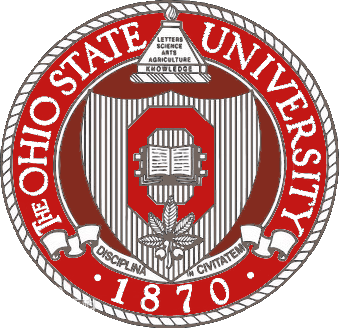
The Ohio State University
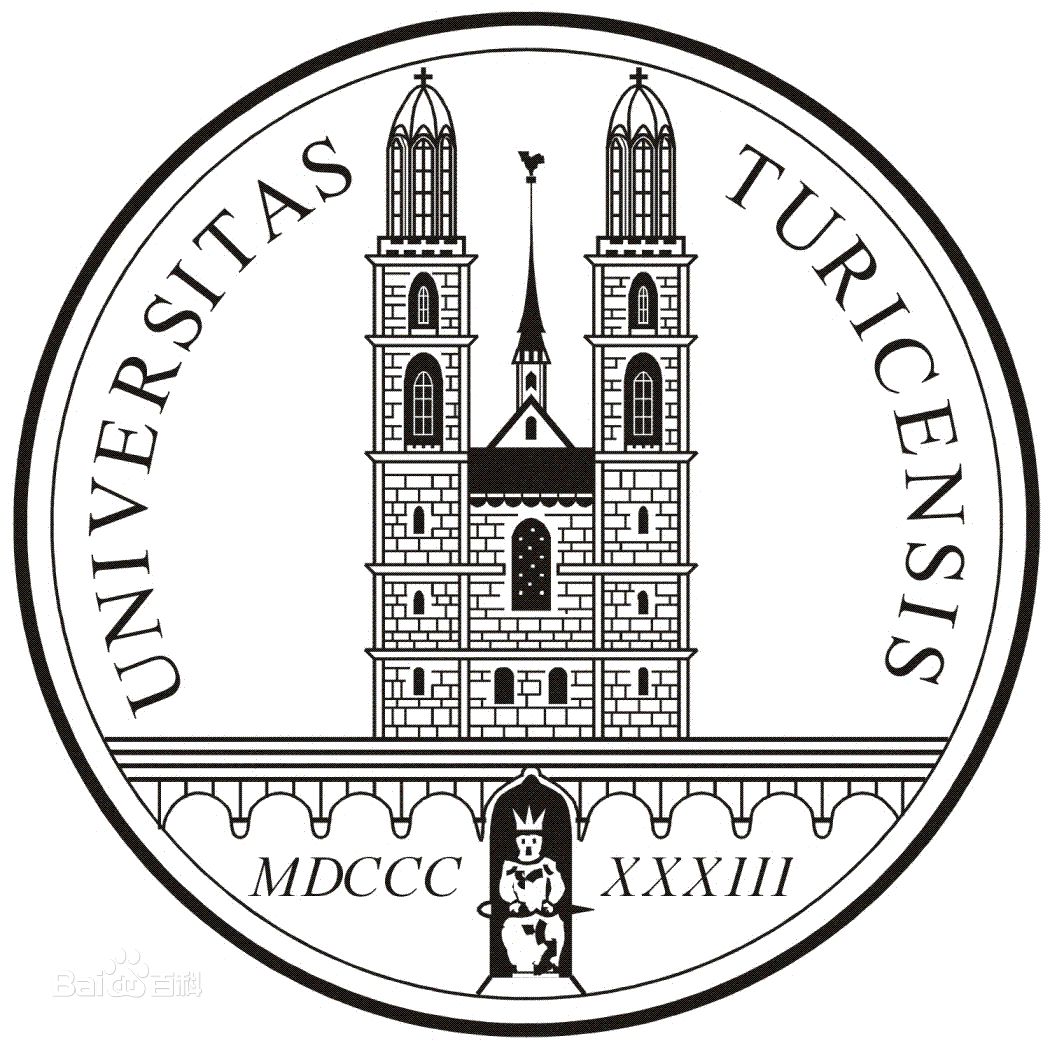
University of Zurich

Harvard University

Colorado State University
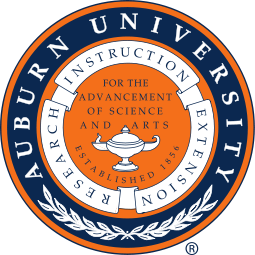
Auburn University

Yale University

Worcester Polytechnic Institute

Washington State University

Stanford University

University of Leipzig
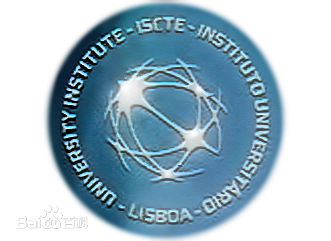
Universidade da Beira Interior

The Institute of Cancer Research
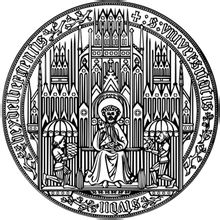
Heidelberg University

University of Amsterdam

University of Auckland

TsingHua University
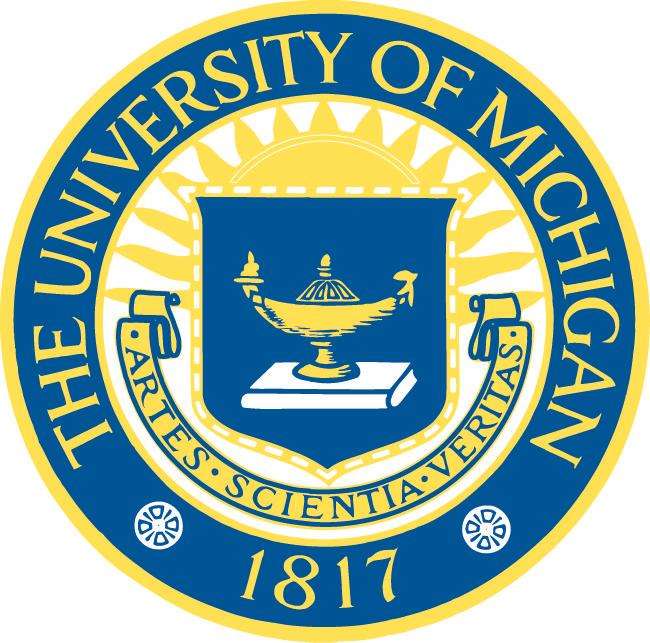
The University of Michigan

Miami University
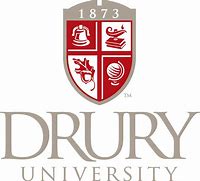
DRURY University
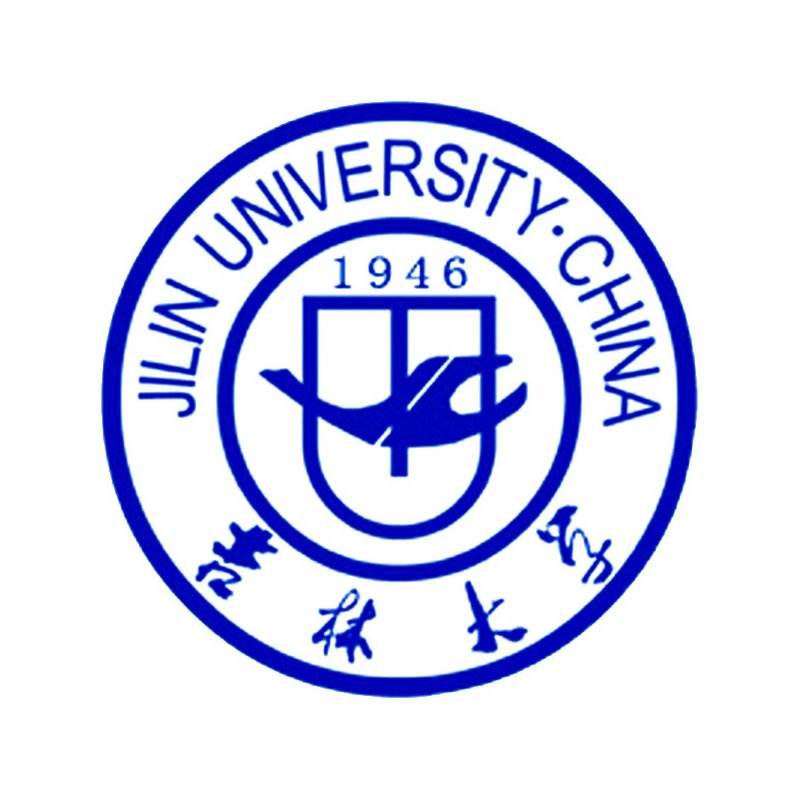
Jilin University

Fudan University

Wuhan University

Sun Yat-sen University

Universite de Paris

Deemed University

Auckland University

The University of Tokyo

Korea University
- Isolophanthin B
Catalog No.:BCX2118
CAS No.:1370511-57-1
- Fischeroside B
Catalog No.:BCX2117
CAS No.:1307257-08-4
- 6-Hydroxy-2-methoxyacetophenone 4-O-beta-D-xylopyranosyl-(1->6)-beta-D-glucopyranoside
Catalog No.:BCX2116
CAS No.:2140317-59-3
- Biflorin
Catalog No.:BCX2115
CAS No.:89701-85-9
- 3alpha-Hinokiol
Catalog No.:BCX2114
CAS No.:107740-34-1
- Tellimagrandin I
Catalog No.:BCX2113
CAS No.:79786-08-6
- O-Methylglycosolone
Catalog No.:BCX2112
CAS No.:41303-25-7
- Garcinexanthone C
Catalog No.:BCX2111
CAS No.:1107620-69-8
- Mangostenone F
Catalog No.:BCX2110
CAS No.:1242438-70-5
- cis-N-Terrestriamide
Catalog No.:BCX2109
CAS No.:2170469-93-7
- Morindaparvin W
Catalog No.:BCX2108
CAS No.:2596365-67-0
- 25(27)-Ene-elephanoside H
Catalog No.:BCX2107
CAS No.:1592406-40-0
- Isocarthamidin 7-O-glucuronide
Catalog No.:BCX2120
CAS No.:119600-61-2
- 6,8-Di-C-beta-D-glucopyranosylacacetin
Catalog No.:BCX2121
CAS No.:28234-99-3
- 1,5-Epoxy-3S-hydroxy-1-(3,4-dihydroxy-5-methoxyphenyl)-7-(4-hydroxy-3-methoxyphenyl)heptane
Catalog No.:BCX2122
CAS No.:182369-54-6
- Callicapoic acid M1
Catalog No.:BCX2123
CAS No.:2756970-65-5
- 8-C-beta-D-(6-O-galloyl)glucosylnoreugenin
Catalog No.:BCX2124
CAS No.:152041-17-3
- 3'-Methoxynyasin
Catalog No.:BCX2125
CAS No.:1685246-20-1
- Isorhamnetin 3-sambubioside
Catalog No.:BCX2126
CAS No.:142059-76-5
- Ellagic acid glucoside
Catalog No.:BCX2127
CAS No.:163774-64-9
- Etuycomanol
Catalog No.:BCX2128
CAS No.:84633-28-3
- Plumbagic acid
Catalog No.:BCX2129
CAS No.:75640-06-1
- Eugenol 4-O-beta-D-(6'-O-galloyl) glucopyranoside
Catalog No.:BCX2130
CAS No.:152041-15-1
- Graciliflorin F
Catalog No.:BCX2131
CAS No.:1413941-67-9
Abietane Diterpenoids from the Hairy Roots of Salvia corrugata.[Pubmed:34500582]
Molecules. 2021 Aug 25;26(17):5144.
Salvia corrugata Vahl. is an interesting source of abietane and abeo-abietane compounds that showed antibacterial, antitumor, and cytotoxic activities. The aim of the study was to obtain transformed roots of S. corrugata and to evaluate the production of terpenoids in comparison with in vivo root production. Hairy roots were initiated from leaf explants by infection with ATCC 15834 Agrobacterium rhizogenes onto hormone-free Murashige and Skoog (MS) solid medium. Transformation was confirmed by polymerase chain reaction analysis of rolC and virC1 genes. The biomass production was obtained in hormone-free liquid MS medium using Temporary Immersion System bioreactor RITA((R)). The chromatographic separation of the methanolic extract of the untransformed roots afforded horminone, ferruginol, 7-O-acetylhorminone and 7-O-Methylhorminone. Agastol and ferruginol were isolated and quantified from the hairy roots. The amount of these metabolites indicated that the hairy roots of S. corrugata can be considered a source of these compounds.
Salvisertin A, a New Hexacyclic Triterpenoid, and Other Bioactive Terpenes from Salvia deserta Root.[Pubmed:29451710]
Chem Biodivers. 2018 Apr;15(4):e1800019.
Using various chromatographic methods, a new hexacyclic triterpenoid, 2beta,3beta,24beta-trihydroxy-12,13-cyclotaraxer-l4-en-28oic acid (1), together with ten known compounds, 2alpha,3alpha,23-trihydroxyurs-12,20(30)-dien-28oic acid (2), 6,7-dehydroroyleanone (3), horminone (4), 7-O-Methylhorminone (5), sugiol (6), demethylcryptojaponol (7), 14-deoxycoleon U (8), 5,6-didehydro-7-hydroxy-taxodone (9), ferruginol (10), and dichroanone (11), were isolated from the roots of Salvia deserta. Their structures were identified on the basis of spectroscopic analysis and comparison with the reported data. The individual compounds (1, 3 - 8) were screened for cytotoxic activity, using the sulforhodamine B bioassay (SRB) method. As the results, Compounds 3, 5, and 8 showed cytotoxic potency against A549, MDA-MB-231, KB, KB-VIN, and MCF7 cell lines with IC(50) values ranging from 6.5 to 10.2 mum.
7-O-methylhorminone and other cytotoxic diterpene quinones from Lepechinia bullata.[Pubmed:2778450]
J Nat Prod. 1989 May-Jun;52(3):571-5.
Three cytotoxic diterpene quinones, 6,7-dehydroroyleanone [1], horminone [2], and 7-O-Methylhorminone [3], were isolated from an MeOH extract of Lepechinia bullata after bioassay-directed fractionation. Compound 3 is a new compound whose structure was determined through spectroscopic analysis.


